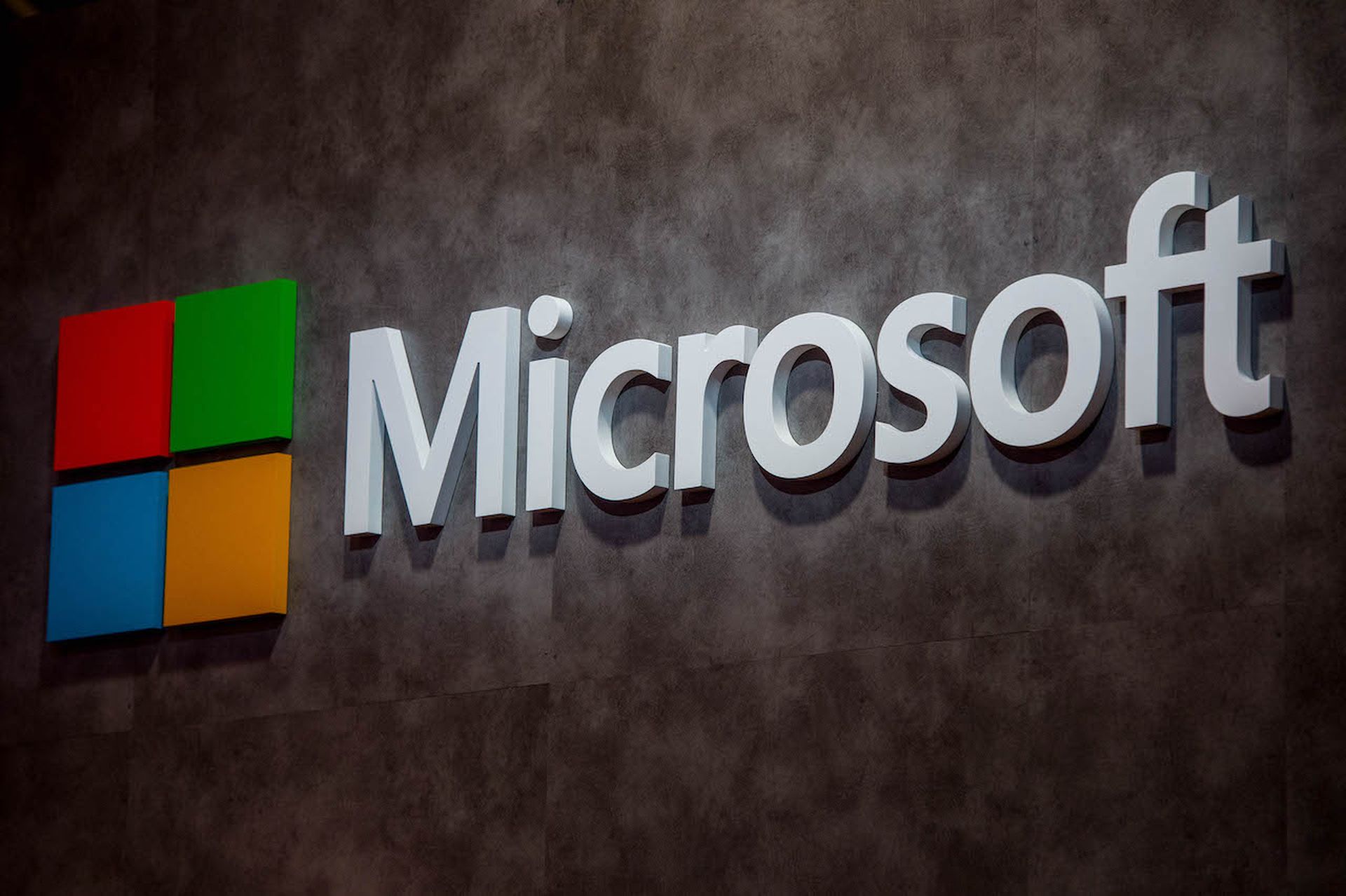As we celebrate the 20th anniversary of Patch Tuesday, let’s reflect on the remarkable journey the industry has been on, celebrate the progress that has been made, and contemplate the challenges ahead.
Before Patch Tuesday was first rolled out on Oct. 15, 2003, Microsoft released security updates on an ad-hoc basis, making it difficult for IT professionals and organizations to plan and apply critical updates promptly. The goal was to streamline update distribution, reducing costs. Prior to that, the Microsoft Security Bulletin System offered detailed information about security updates, patches, and vulnerabilities, eventually replaced by the Security Update Guide in 2017.
Initially designed for critical updates to Windows operating systems and Microsoft products, Patch Tuesday expanded over time to include non-security updates, performance enhancements, and new features.
From skepticism to trust
Initially, Patch Tuesday was met with skepticism because of concerns about potential disruptions caused by patches. For example, in August 2004, Microsoft released Windows XP Service Pack 2, which introduced various compatibility issues with third-party applications experienced by numerous organizations. When Microsoft released Windows Vista in January 2007, it caused compatibility issues with existing hardware and software, resulting in disruptions for users and organizations. So, until a certain point in time, many organizations largely ignored proper patching.
Simultaneously, the cost of delaying patch deployment because of concerns about system disruptions became evident. In November 2008, MS08-067 Vulnerability, also known as the “Conficker” or “Downadup” vulnerability affected Windows operating systems. Despite a patch release in October 2008, many organizations delayed its application, allowing the Conficker worm to spread rapidly, infecting millions of computers globally.
On May 12, 2017, one of the most notable and widespread cyberattacks in history occurred: WannaCry. This attack exploited a Windows vulnerability known as EternalBlue, which targeted the way Microsoft Windows handled network traffic. Microsoft released a security patch to fix this vulnerability on March 14, 2017, during a regular Patch Tuesday release. However, many organizations did not apply the patch in a timely manner; this delay allowed WannaCry to infect and encrypt hundreds of thousands of computers in 150 countries.
These high-profile attacks shaped the awareness about the importance of patching among IT community. Additionally, as Microsoft continuously improved its testing processes and communication with customers, Patch Tuesday gained more trust.
Modern challenges: the flood of patches
Since 2003, the number of patches distributed in each Patch Tuesday release has substantially increased. While Microsoft has improved patch quality through thorough testing, it remains imperfect, which often results in more patches. For example, in January 2022, regular Patch Tuesday releases caused Active Directory issues. To address these problems, Microsoft released out-of-band updates.
Other objective factors, such as the growing complexity of systems and increased software interdependencies, also contribute to the increase in the number of patches issued. Navigating this flood of patches has become a significant challenge for modern work-from-anywhere enterprises, leading to delays in patch deployment. As a result, unpatched vulnerabilities continue to be among the top reasons for breaches.
Today’s Patch Tuesday challenges
Why do delays in patch deployment persist? To find answers, let's delve into the challenges faced by modern IT teams.
First, compatibility issues endure, especially because different organizations use various software and hardware configurations that may not align with patch updates. In such cases, updates can trigger conflicts, jeopardizing system stability and performance. For example, the Windows 10 and Windows 11 operating systems had more than 1,200 security vulnerabilities in just 2022. Although Microsoft quickly fixed many of these security flaws, these updates brought their own problems to IT teams, often doing more harm than good, including the Blue Screen of Death, browser issues, post-update internet connection problems, and others.
Robust patch testing and recovery strategies are imperative to navigate these complexities. Testing, which usually involves two weeks, followed by deployment and monitoring, presents a challenge within Patch Tuesday's schedule. For large enterprise setups, fitting into this schedule can be an arduous and costly undertaking.
Patch conflicts and dependencies introduce additional layers of complexity. Some updates may have specific dependencies or clash with previously installed patches or software versions. When organizations skip monthly patch installations, the situation can become even more convoluted, necessitating costly transitions to new systems with the latest software versions.
System downtime, often inevitable because of required reboots during patch application, presents a significant challenge to maintaining a continuous update process. Downtime disrupts business operations and incurs costs for organizations, which every business tends to avoid. According to a recent Action1 survey, fear of downtime is the top barrier to effective vulnerability remediation.
Additionally, as enterprises often have an extensive array of systems, deploying patches to all devices poses a formidable challenge. IT teams must craft efficient deployment strategies to ensure timely and coordinated updates. One option teams have: employ Microsoft's WSUS and Group Policy, but these solutions come with their own limitations.
Finally, the constant influx of patches necessitates vigilant patch tracking. Keeping tabs on applied patches and monitoring for deployment failures has become a time-consuming and challenging task. In fact, today we have more challenges with patch management than we had 20 years ago. Addressing these challenges requires a holistic approach that combines meticulous testing, compatibility assessments, strategic planning, and vigilant tracking to ensure the smooth and secure operation of IT systems.
Microsoft says that Patch Tuesday will continue in the foreseeable future, meaning that increasing awareness and adoption of effective patch management practices will remain pivotal in safeguarding our systems and data. As the cybersecurity landscape continues to evolve, we anticipate the emergence of more sophisticated threats, underscoring the importance of proactive vulnerability patching, with automation playing an important role in addressing these issues.
Mike Walters, co-founder and President, Action1




